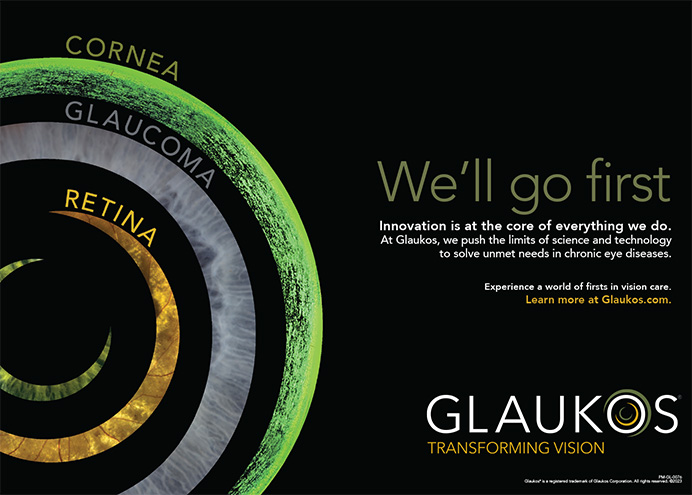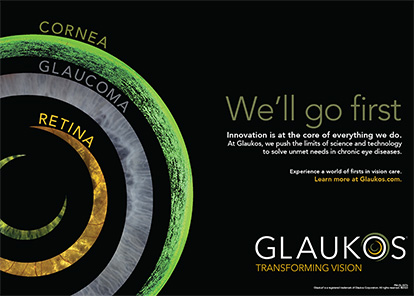Autism spectrum disorder (ASD) is a neurodevelopmental condition estimated to affect one in 88 children in the United States, according to the Centers for Disease Control and Prevention. The incidence rate varies from state to state; however, a recent increase in the African American and Hispanic population has been noted. The incidence rate of ASD is five times greater in boys than in girls. Furthermore, siblings of a child with ASD have a greater risk of developing the condition.1 Autism is characterized by deficits in social interaction, communication, and sensory integration.2 A child with autism has stereotypical behaviors that usually present before 3 years of age, but in some cases, a diagnosis is not confirmed until later. The classification of this disorder is based on the Diagnostic and Statistical Manual of Mental Disorders, with the latest version being DSM-IV-TR.3
Patients with ASD may have hyperstimulated sensory responses, which can cause confusion and may manifest in frustration and/or behavioral outbursts. Eye care professionals serve an important role in diagnosing any underlying visual disturbances that may contribute to patients having a decreased ability to interact with their external world. Ideally, eye care specialists work as part of a transdisciplinary team, and with guided vision therapy, they help strengthen patients' ability to perceive objects and improve functional ability.
ASSOCIATED DISORDERS
Every patient with ASD is unique, because other associated disorders may be present. ASD has been found to occur in patients with psychiatric disorders, in particular, obsessive compulsive disorder, major depression, attention deficit hyperactivity disorder, epilepsy, anxiety, and sleep disorders. Furthermore, some genetic disorders, such as Down syndrome, Fragile X syndrome, tuberous sclerosis, and Angelman syndrome, have been also associated with ASD. Children with autism may have varying degrees of intellectual disabilities, and as they grow up, they will develop new ways of thinking and reacting to things that they are faced with every day.1
Recent research has uncovered that there is no single etiology for ASD. In fact, researchers suspect that there are many factors involved. There may be genetic links, which vary from patient to patient. Also, environmental factors contribute to the expression of this condition, while others found biological causes may also play a role.4,5 There has been suggestion that the measles, mumps, and rubella or MMR vaccine may be be linked to development of ASD, but recent studies have not found any connection.6
SENSORY OVERLOAD
Imagine sitting in a room and hearing loud sounds, while at the same time, the lights are super bright to your eyes, every scent is profound, and anything touching you feels exaggerated. This is the world that patients with ASD live in, and these individuals constantly struggle to find ways to cope with the constant overstimulation of their senses. Some become very involved with one task, for example, looking at an object and repeatedly manipulating it. Others choose to shut out the world and ignore everything that overwhelms them. As a result, patients with autism may exhibit poor eye contact and a lack of facial expressions, cannot play “pretend” games, and may not be able to locate or point to an object. Some children with ASD will not want to be held or cuddled. In addition, they have difficulty expressing themselves and may have temper tantrums when they feel frustrated or when their routine changes. Language deficits may present as a speech delay or regression of speech, which may be substituted with nonsensical language. Some patients also have repetitive stereotypical behaviors, such as rocking their body back and forth.1 Also, they may have the inability to change from one task to another and may become overly obsessed with a job or chore, which they cannot disengage from. Some adults with autism have described their experiences as a struggle to find peace in a world that they feel they do not fit into. Many have described not knowing how to interact with others, because they felt they lack the ability to read other people's body language.7
Patients with autism experience a variety of visual disturbances in their everyday lives. Many have great difficulty coping with the way they see the world around them. In general, picking up a glass of water may be taken for granted, but to an autistic patient, this may be a daunting task. Patients with autism have great difficulty seeing things in three-dimensional space. First of all, they may not be aware of objects surrounding them until they bump into them. This lack of awareness of their surroundings may be exacerbated by visual skills deficits, including poor fixation, convergence, and eye tracking.8 Many of these patients have great difficulty recognizing objects due to their distorted perception of the world. Some patients report that abstract things are hard for them to visualize in their minds, while others “think in pictures” for everything they do.7 In addition, because their visual system does not guide them correctly through space, these patients may also exhibit coordination problems. As a result, all patients are unique in the way that they deal with the world around them.
THE ROLE OF VISION THERAPY
There have been many treatments and interventions developed to help manage patients with autism. Medications that treat the associated medical and psychiatric conditions, such as seizure disorder, attention deficit hyperactivity disorder, and obsessive compulsive disorder, may offer some symptom relief. Restrictive diets, in particular casein- and gluten-free diets, have been found to be beneficial in some patients.2 Due to the nature of this condition, a transdisciplinary approach involving a diverse group of health care professionals, including a neurologist, psychiatrist/psychologist, pediatrician/primary care doctor, optometrist, ophthalmologist, dietician, and therapists (occupational, physical, and auditory/speech), is essential.
The eye care professional's role is to evaluate the health of the eye to ensure that no underlying ocular defects are affecting the way the patient with ASD sees. In some cases, glasses are prescribed to correct any visual clarity issues, and prisms or surgical intervention may be needed to align the eyes. In-office vision therapy has been found to be the most effective treatment in helping these patients improve their visual skills.
Patients with ASD have great difficulty functioning because they cannot correctly interpret what they see in their visually distorted world. For example, a patient may be asked to look for an object in space and to reach out and grab it. In most cases, the patient will aim incorrectly, although other patients may not be able to locate the object of interest at all. With practice and guidance, the patient will learn to look at and fixate on the object and then correctly reach out and get it. In-office vision therapy focuses on helping the patient fixate on a visual target and understand where that target is in three-dimensional space. Therefore, in-office vision therapy is a forum where the patient can become aware of the mismatch between what he or she perceive and what is real.
Through meaningful opportunities for patients with autism to experience life in a more controlled setting, they learn how to compensate for their misinterpretation of reality without frustration. Many spatial relation tasks and coordination games can help to address these areas as well. Occupational and physical therapists can further address the motor coordination issues, and a speech pathologist can address the speech delays. In addition, educational intervention should be introduced as early as possible to help these children learn. Through the combined efforts of behavioral, developmental, and medical approaches, the child can improve the way he or she copes with his or her disabilities.
CONCLUSION
Understanding how patients with autism think and deal with their surroundings is vital in helping them find ways to better fit into their seemingly distorted world. Because vision is the dominant sense that helps patients function, the eye care professional is a key player in managing them. As advances in technology develop, the various conditions associated with ASD are becoming more apparent. It is prudent to keep up to date with research so that these patients can be treated appropriately and, in turn, improve their quality of life.
This article is reprinted with permission from the April 2013 issue of Advanced Ocular Care.
Mary Bartuccio, OD, FCOVD, is an assistant professor at Nova Southeastern University College of Optometry, Fort Lauderdale-Davie, Florida. She was coeditor of the book Visual Diagnosis and Care of the Patient With Special Needs. Dr. Bartuccio may be reached at bartuccio@mac.com.
- Center for Disease Control. http://www.cdc.gov/ncbddd/autism/data.html. Accessed March 12, 2013.
- Coulter, RA. Autism. In: Taub MB, Bartuccio M, Maino DM. Visual Diagnosis and Care of the Patient With Special Needs. Philadelphia: Wolters Kluwer Health/ Lippincott Williams & Wilkins; 2012: 69-84.
- American Psychiatric Association. Diagnostic and Statistical Manual of Mental Disorders. Text revision (DSM-IV TR). 4th ed. Washington, DC: American Psychiatric Association; 2000.
- Muhle R, Trentacoste SV, Rapin I. The genetics of autism. Pediatrics. 2004; 113;e472-486.
- Altevogt BM, Hanson SL, Leshner AI. Autism and the environment: challenges and opportunities for research. Pediatrics. 2008;121:1225-1229.
- DeStefano F. Vaccines and autism: evidence does not support a causal association. Clin Pharmacol Ther. 2007;82:756-759.
- Grandin T. Thinking in Pictures and Other Reports From My Life With Autism. New York, NY; Doubleday; 1995.
- Coulter RA. Understanding the visual symptoms of individuals with autism spectrum disorder. Optom Vis Dev. 2009;40:164-165.


